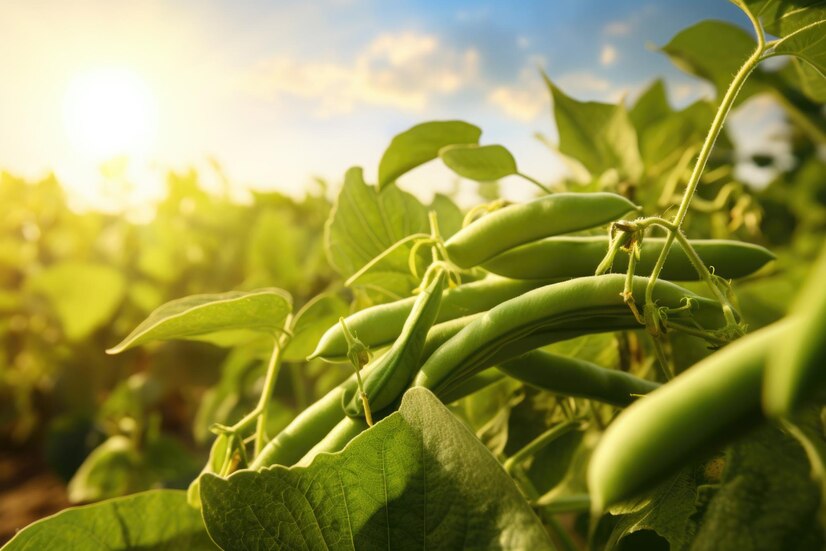Beans are humble, versatile legumes that have made up staple diets around the world for centuries. From the protein-rich black beans of Latin American cuisine to the delicate green beans topping off European plates, this food has offered both nutrition and culinary diversity. For a beginner or veteran farmer, growing beans can be one of the most rewarding endeavors taken. Here are the basics to get you started growing beans.
How to Grow Beans
First and foremost, you need to select the right variety for cultivation in your region and for the desired purpose. There are various bean types, including:
Bush Beans: These are compact and therefore don’t require support. They are ideal for spaces that are relatively small in size.
Pole Beans: These are vining plants that require trellises or supports to help them grow upwards.
Dried Beans: The beans are permitted to mature fully on the plant and are harvested and dried. Green Beans: They are harvested before they mature, and most are consumed fresh or canned.
Climate, soil, and space should be factors in deciding what kind of bean one wants to grow. Local agricultural extension offices or seasoned farmers can provide excellent advice regarding regional matters.
Preparing the Soil
Beans do well on well-drained soil with good fertility. The following are the steps tobe taken for soil preparation:
Testing for PH: PH for the variety of beans is slightly acid to neutral, about 6.0-7.0. Add Lime if it is too acidic and sulfur if the PH is too basic.
Organic Matter Addition: Compost or well-rotted manure should be added to improve the soil structure and fertility levels.
Drainage Beans abhor waterlogged soil, therefore incorporate organic matter to improve drainage, especially in heavy soils.
Timing of Planting plant bean variety timing is everything when planting beans: Direct Seeding the standard time to directly seed beans in the garden is when soil has warmed to about 60°F. Plant seeds 1 to 2 inches deep, with spacing depending upon the variety.
Successive Planting: For a continued harvest,chant beans every 2-3 weeks until mid-summer.
Care and Maintenance
For vigorous, healthy plants and bumper harvests of beans, consider the following care tips:
Watering: Keep the soil consistently moist, especially at flowering time or when developing pods. Avoid overhead sprinkling to reduce potential fungal diseases.
Weeding: Weeds regularly to reduce competition for nutrients and water.
Mulching: Mulch around plants to conserve moisture, prevent weed growth, and regulate even soil temperature.
Support for Pole Beans: Set up trellises or other poles at planting time for support of vining types.
Harvesting
While harvesting beans, the timing depends upon the beantype one grows. Green beans are ready for harvest when the pods appear firm, crisp, and before the seeds have fully developed. This is about 50-60 days after planting.
Dried Beans: Allow the pods to dry on the plant. Rattle the pods, then harvest before frost and shell beans. Dry further, spread out, indoors.
Storing and Using Beans
Store harvested beans in a cool, dry place to maintain their quality. The use of fresh beans should occur within a few days, or blanching and freezing for later use can be done. Dried beans are usually stored for months in airtight containers.
Conclusion
Bean growing promises to be very rewarding coupled with nutritious rewards. Be it a small plot in one’s backyard or a big farm, knowing the basics of how to prepare the soil and plant right from the planting period through to the stage of caring for the plants will get one off on the right foot. Start from a place you feel comfortable with, with a variety fitting to your climate and needs, and enjoy the satisfaction of growing your own beans—from seed to table.
Grow bean crops today and join millions of farmers across the world in their adventures in farming these wonderful legumes. Grow happy!
The blog posts outline ways on how to farm beans, right from variety selection all through to harvesting and storage. Let me know if you have more questions or need further details!

